Unlocking the Secrets of Flow: A Comprehensive Guide to Flow Detection
Overview of Flow Detection
Flow detection plays a pivotal role in a wide range of scientific, industrial, and environmental applications. Whether it’s ensuring the safety of industrial processes or monitoring natural systems, understanding and accurately measuring flow is crucial. This article delves into the core aspects of flow detection, from sample collection to cutting-edge methods, offering a detailed exploration of the subject.
Samples Suitable for Flow Detection
Flow detection can be applied across a diverse spectrum of materials and environments. Common **samples include liquids, gases, and even granular solids**. In environmental monitoring, water flow in rivers or pipelines is frequently studied, while in industrial applications, gases like nitrogen or steam are often analyzed. Proper sample collection is key to ensuring accuracy in measurement and results.
Key Parameters in Flow Detection
When performing flow detection, several critical parameters must be assessed. These include:
- Flow rate: The volume of fluid passing a point in a given time.
- Velocity: The speed at which a fluid moves through a conduit.
- Pressure: The force exerted by the fluid within the system.
- Temperature: A vital factor influencing fluid behavior and accuracy.
These parameters not only provide insights into the system’s functionality but also help detect irregularities or inefficiencies.
Instruments Used in Flow Detection
Flow detection relies on various advanced instruments designed for precision and reliability. Some of the most widely used include:
- Flow meters: Devices like turbine, electromagnetic, and ultrasonic flow meters measure flow rate with high accuracy.
- Manometers: Instruments for measuring fluid pressure within a system.
- Thermometers: Essential for recording temperature, which can affect flow dynamics.
- Data loggers: Used to store real-time measurements for analysis.
The choice of instrument depends on the specific application and the physical properties of the sample being measured.
Methods of Flow Detection
Modern flow detection employs a combination of classical and innovative techniques, including:
- Direct observation: Measuring flow visually, often in open-channel systems.
- Tracer studies: Introducing markers to track fluid movement and calculate flow rates.
- Ultrasonic measurement: Utilizing sound waves to determine velocity in pipes or channels.
- Electromagnetic methods: Applying Faraday’s Law to measure the flow of conductive liquids.
Each method offers unique advantages and is selected based on the system's complexity and precision requirements.
Conclusion
Flow detection is a cornerstone of modern science and technology, enabling advancements across numerous fields. By understanding the principles, instruments, and methods behind it, researchers and engineers can unlock insights that drive efficiency, safety, and innovation. As technology continues to evolve, so too will the tools and techniques available for exploring the intricate dynamics of flow.
结语
以上是关于Unlocking the Secrets of Flow: A Comprehensive Guide to Flow Detection的介绍,如有其它问题请 联系在线工程师 。




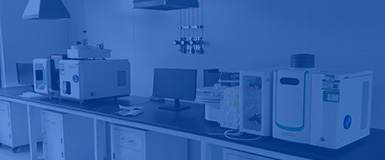
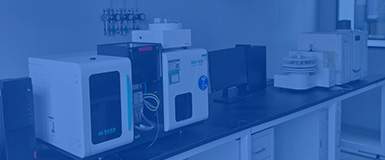
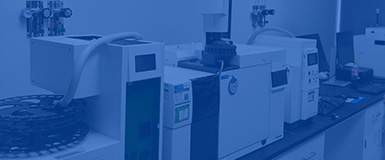
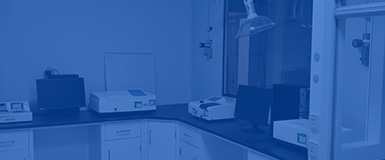
 第三方检测机构
第三方检测机构


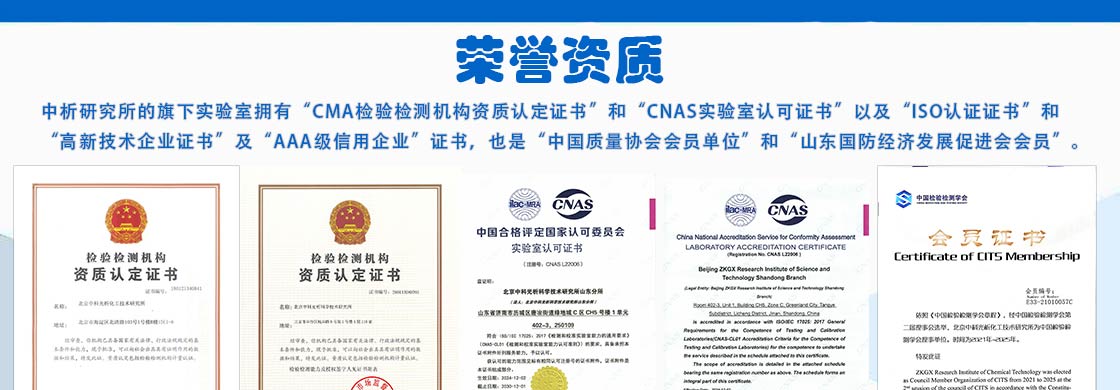
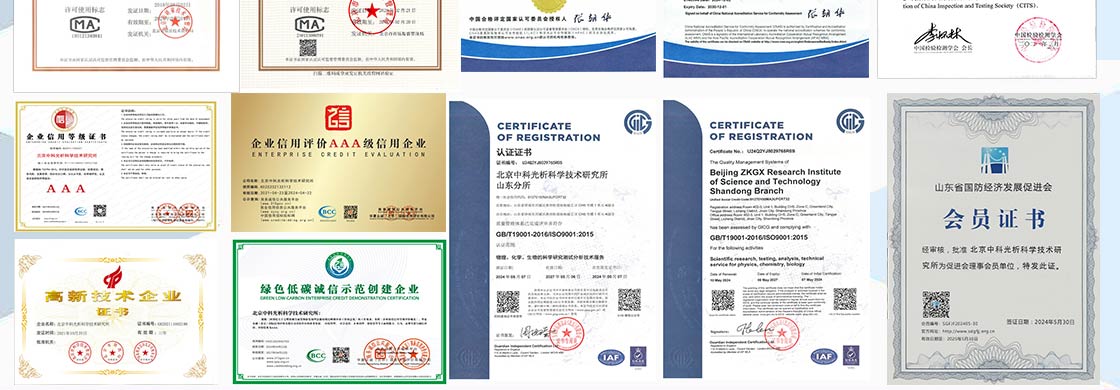

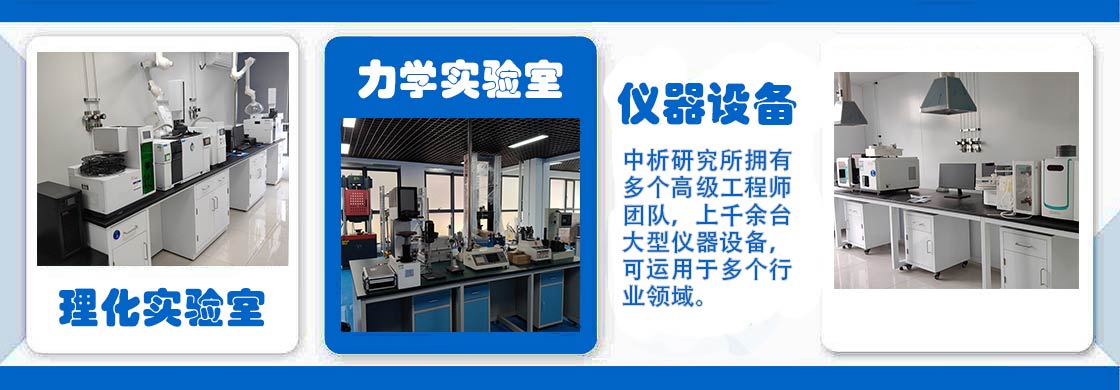
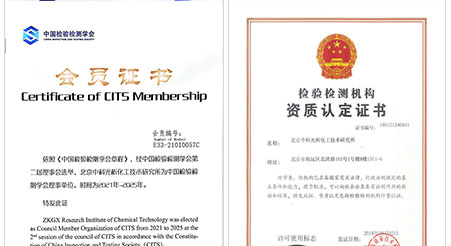




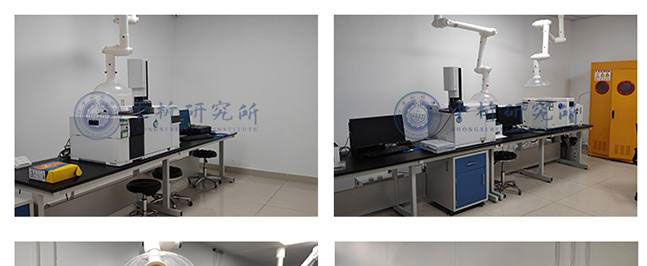
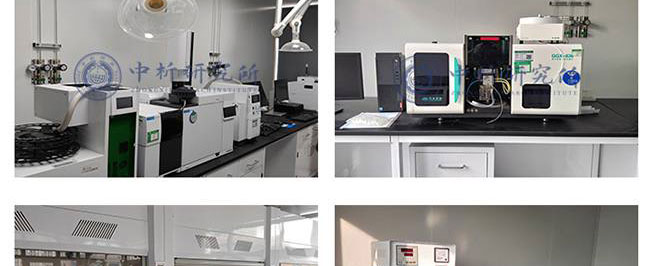
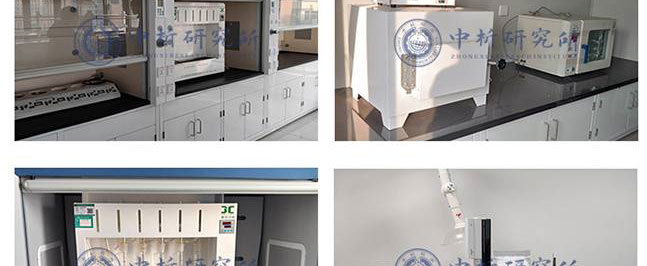
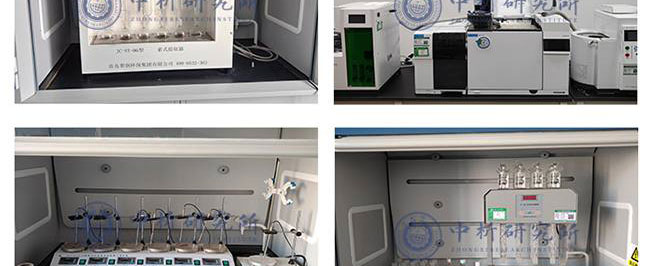
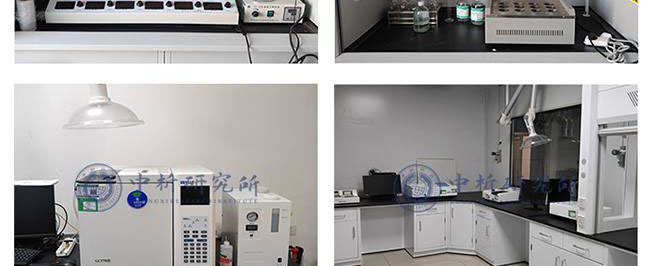
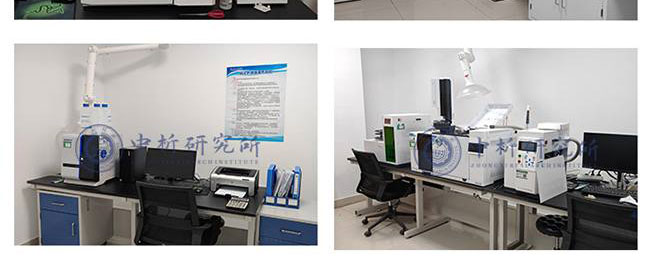






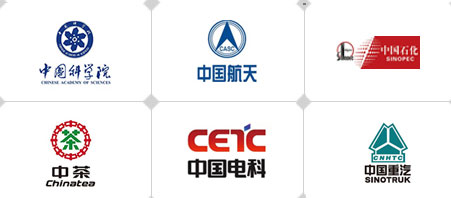










 备案号:
备案号: